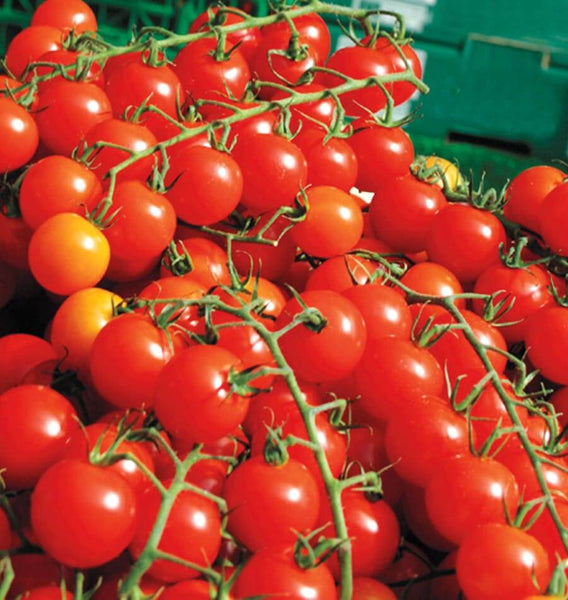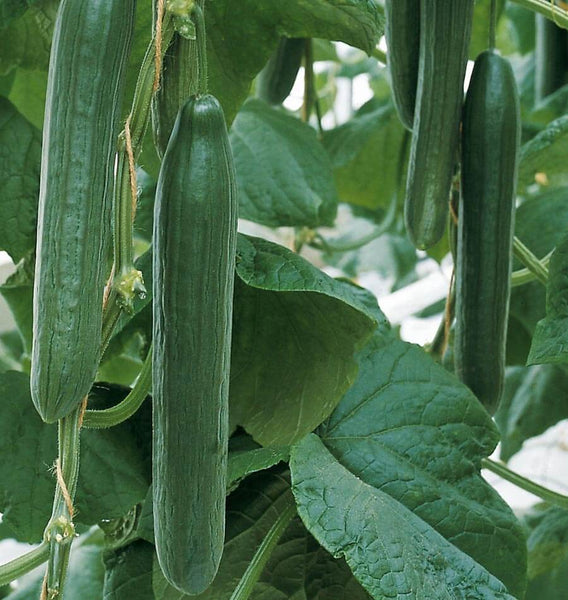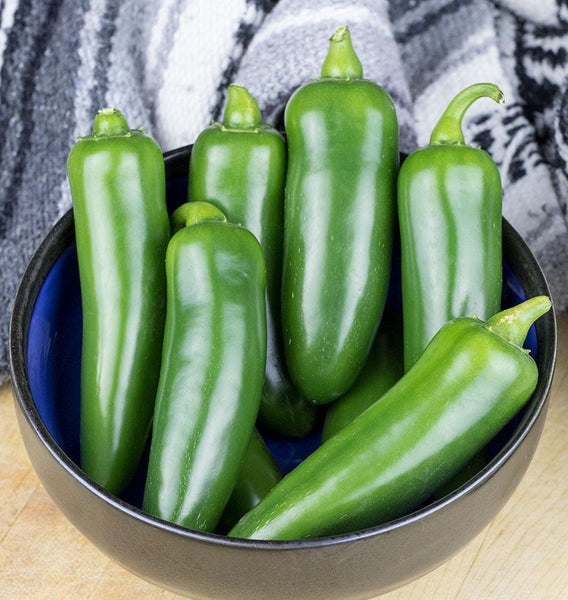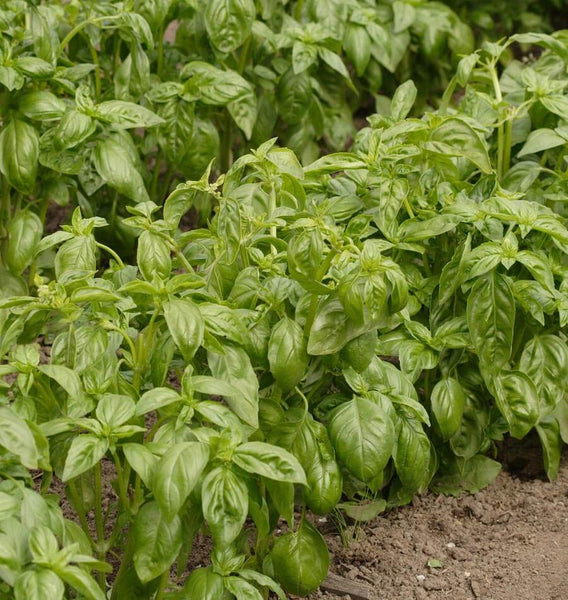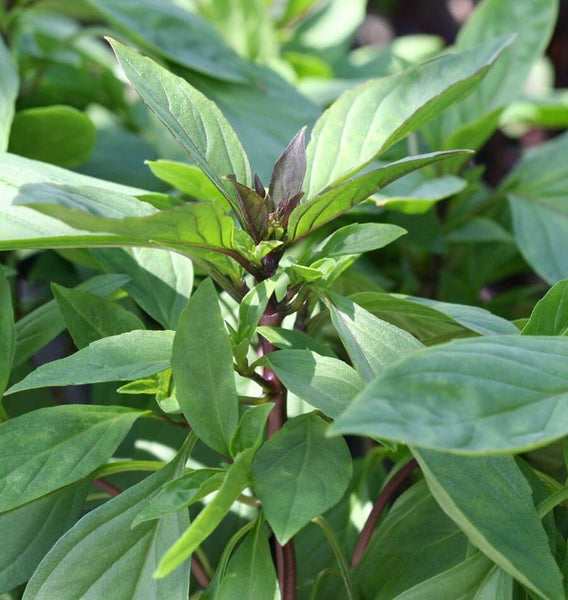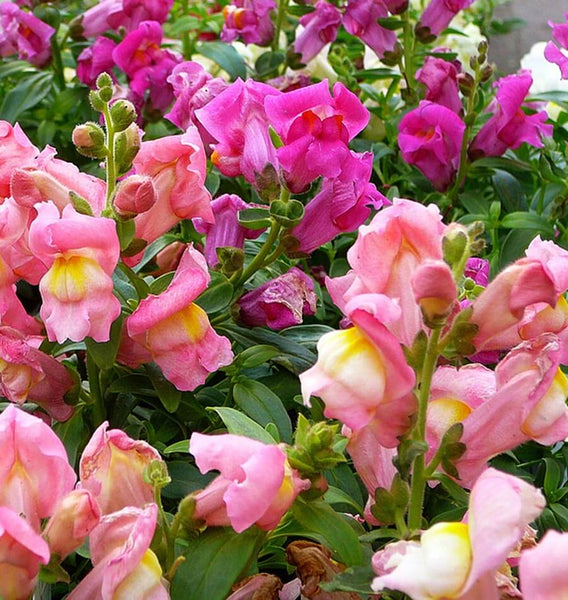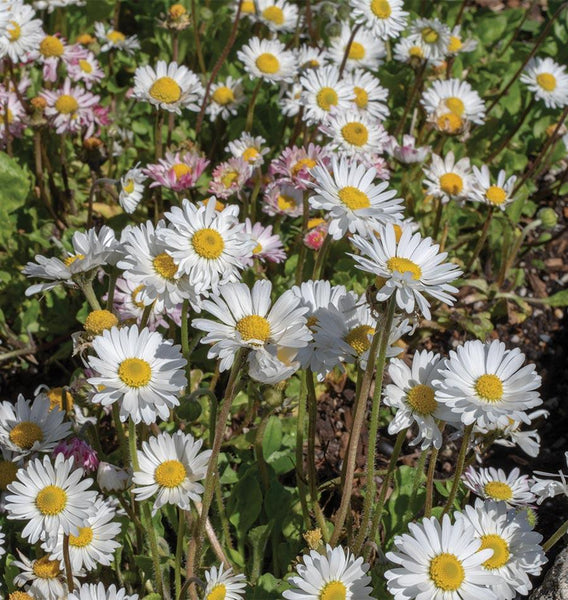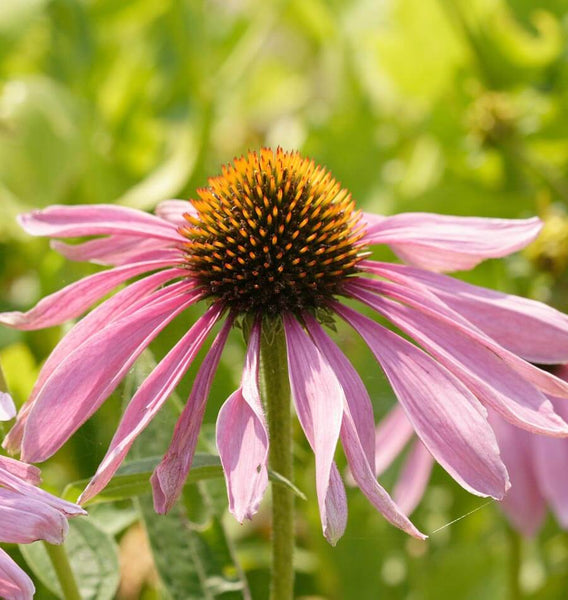Soya Beans (Glycine max)
The soya bean (or soybean) is another legume that has been in cultivation for a very long time. They have been grown in China and the Korean peninsula, along with millet, rice, and barley since 5000 BCE or earlier. From there they spread across Asia and have become a staple crop from India to Taiwan. Surprisingly, the world’s largest producers of soya beans are the United States and Brazil, where they are grown on an industrial scale for use in everything from vegetable oil to baby formulas. Most (perhaps over 90%) of the soya beans produced in this industrial way are from genetically modified seeds. The varieties we sell for the home gardener are not modified, and are produced in isolation from modified crops.
Soya beans remain an essential ingredient in Asian cuisine. Tofu, which originated in China, is a standard part of the Japanese diet. In Japan the beans are fermented to create miso, tempeh, and a gluey dish called nattō. They’re also used, of course, to produce soy sauce. We prefer to grow them in the home garden and enjoy them as edamame, another Japanese dish. The whole pods are steamed and then salted and served as a finger food. The fat seeds easily pop out of the pods. Because of this popular dish, many people refer to soya beans as “edamame beans.”

These beans are extremely high in protein, dietary fibre, iron, phosphorus, magnesium, zinc, and vitamins B6 and K. The protein they contain is considered “complete” by dieticians because it is rich in essential amino acids. They very nearly match meat, milk, and eggs in nutritional value, so they’re an essential ingredient in vegetarian and vegan diets. However they are used, they must be boiled or steamed first, to destroy protease inhibitors they contain. It’s advised not to eat them raw.

Setsubun is the traditional Japanese “bean-throwing” festival, celebrated at temples each year in early February. Selected men and women throw soya beans at the audience from a stage in order to drive out evil and bad fortune. Once the beans are thrown, it’s traditional for audience members to eat as many beans as they are years old (a 22-year-old will eat 22 beans), for good health in the coming year.
How to Grow Soya Beans:
Difficulty: Easy. Not recommended for containers.
Timing: Direct sow when the soil has warmed, in late May and early June.
Sowing: Set seed 5-10cm (2-4”) deep, 15cm (6”) apart in double rows 23cm (9”) apart. Each set of double rows should be 1m (3’) apart.
Soil: Well drained, warm soil is best. Raised beds help with both drainage and warmth. Use 1 cup of complete organic fertilizer for 3m (10’) of row. Soya beans grow best in moist, loamy soils with lots of added organic matter such as well rotted manure or finished compost. A pH of 6.0 to 7.0 will increase crops as well as nitrogen fixation.
Growing: Typically, soya bean plants grow to about 1m (3’) tall, but may produce good pods on shorter plants half that height. Using inoculants on seeds helps growth. If the weather is too wet, beans can also be started in pots indoors and set out carefully a few weeks later. Once established, plants need very little care. For a continuous harvest, plant at 3 week intervals. Seeds will sprout in 8-16 days, depending on soil temperature. In well watered plants, sugars accumulate at about the same rate as seed expansion.
Harvest: Pick when the seed size is maximized, but before any of the pods show signs of yellowing. An indication that this is about to happen is that the lowest leaves on the plants begin to turn yellow.
Storage: Refrigerate immediately after harvest and use within 2 days. Otherwise, freeze excess beans for use over several months.
Seed info: In optimum conditions at least 80% of seeds will germinate. Usual seed life: 2-3 years. Both new and stored seeds will be brittle and should be given ample padding, particularly in transport. Dried soybean pods tend to be sharp and brittle, so use gloves during shelling.
Growing for seed: Allow beans to dry on the plant. Isolation is not usually necessary for the home gardener, as pollination commonly occurs before the flowers are fully open.
Pests & Disease: Generally trouble free. Soybeans have a remarkable ability to withstand damage from insects and weather. Up to 35% of the foliage can be entirely removed without effecting the crop.